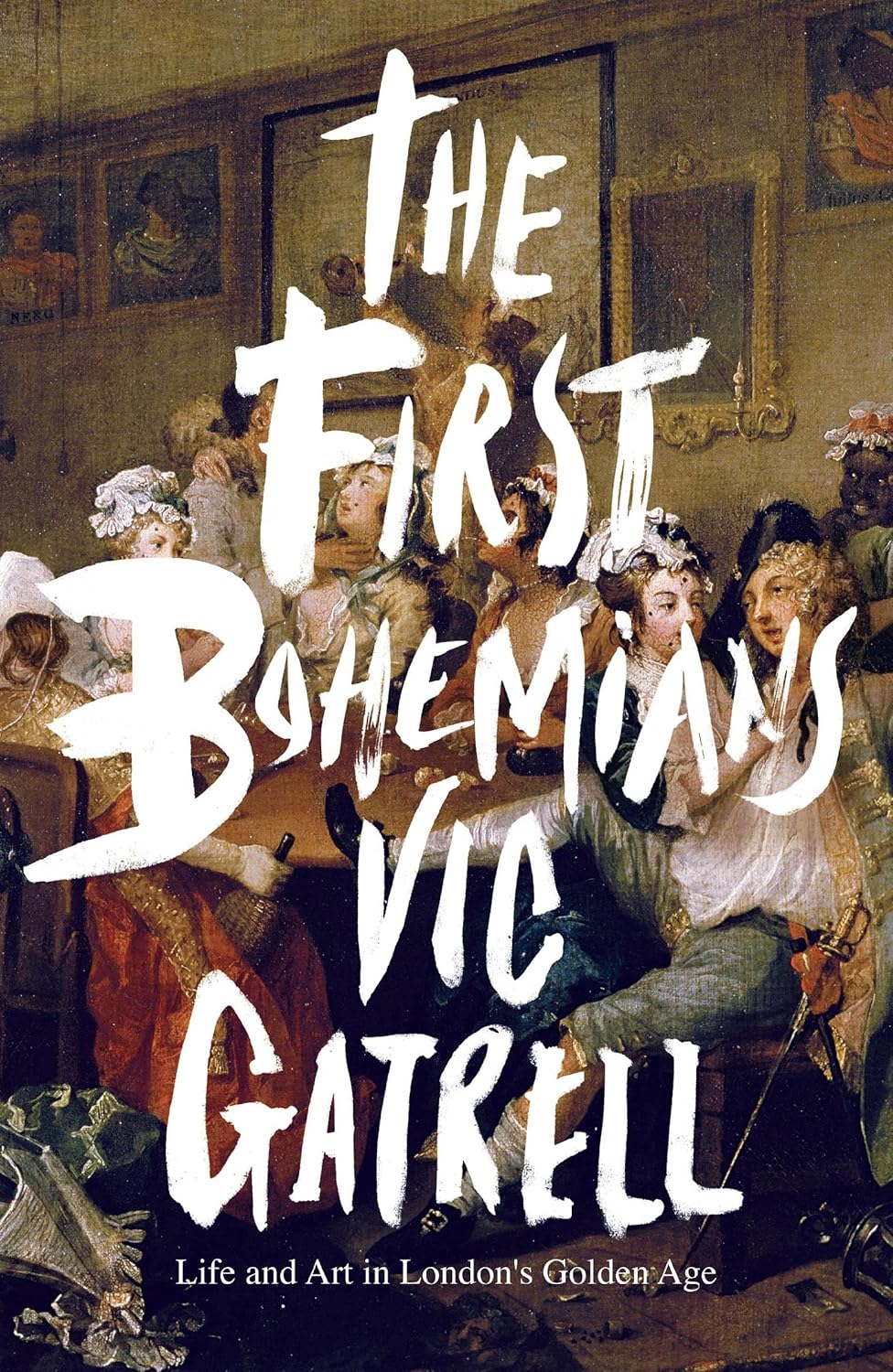 |
| Picture: Amazon |
The sensationalist title is misleading; this isn't a cod-sociological history of bohemianism, and let's be thankful for that. It's a micro-history of artists in eighteenth century Covent Garden, and it's much the best social history I've read recently. The illustrations are well-chosen (and well-printed), and the discussion of art is substantive, serious and perceptive. It's much the best of the many recent social histories of eighteenth century England. But it is one-sided; this book is resolutely about low-life (whether those low lives were lived by struggling artists or corrupt aristos).
Fascinating and amusing anecdotes abound. I was taken by the discussion of coffee shops, which were rather earthier than Habermas's genteel public sphere: "Where the Sign is painted with a Woman's Hand in't, 'tis a Bawdy-house; where a Man's, it has another Qualification; but where it has a Star in the Sign, 'tis calculated for every lewd Purpose" (Thomas Brown Amusements Serious and Comican, Calculated for the Meridian of London, 2nd edition 1702, p. 130, quoted p.94). He identifies a shift from text-based to image-based commentary (p. 224), which I question. More commentary of all kinds is produced from the eighteenth century onward, much of it 'text-based'. And much earlier commentary was visual, although less of it survives.
Some social history emphasises similarities to today - an approach especially prevalent in historic houses and museums that try, sometimes too hard, to help patrons relate to the past. Gatrell emphasises estrangement. He focuses on the dirt and the squalor. Bohemianism originated at the intersection between the literally grubby reality of eighteenth century life and the emerging ideas of artistic genius: "Both the cult of genius and rising expectations were making failing artists more self-conscious than their predecessors had been" (p. 150). Squalor was not new, but the aspiration ideas emerging from the filth were novel. And the ideas have survived better than our sense of their context. That is the balance that Gatrell addresses.
Sometimes Gatrell fights too hard to establish his own novelty: "We live in a world which fetishizes fashionably approved art works and forgets the conditions of their production ... the last thing they should be allowed to do is prettify our notion of the culture that produced them" (p. 213). In my experience both popular and academic art history is obsessed with 'conditions of production' and with stories of struggling artists. He thinks it's "odd that well-bred art historians so ignore the fact that eighteenth-century art was predominantly the creation of middling and humble men, just as they sidestep its implications for the toadying that ensued from it." (p. 142). I don't think it is ignored, and I don't think the implications of the observation that artists were often poor are especially profound. But I still love this book; it does redress a balance in social history, and it is well written and learned.
No comments:
Post a Comment